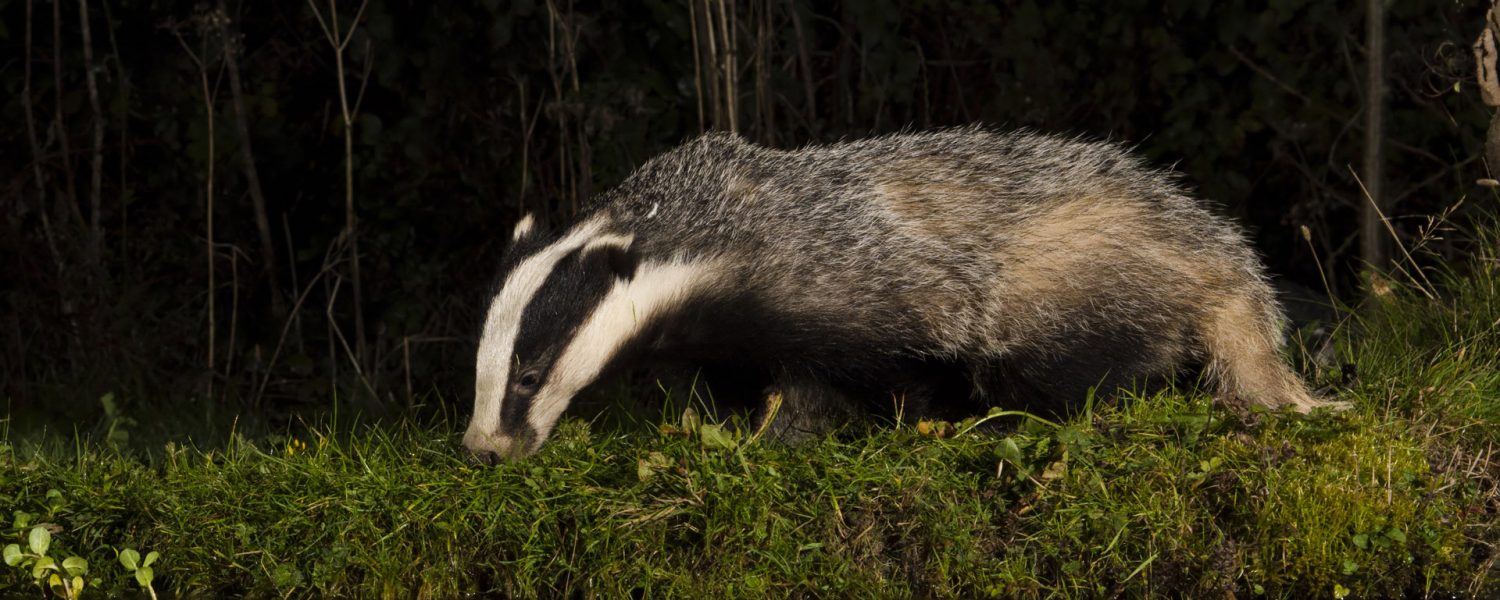Permission granted for Judicial Review of aspects of the 2020 “Next Steps” bTB eradication policy
On 9th May, the Court of Appeal granted permission for a Judicial Review, with a ruling by Rt. Hon. Lord Justice Bean. The Ground of challenge approved for scrutiny concerns a decision made by the Secretary of State George Eustice in February 2020, just after he took over from Theresa Villiers. In March of that year he signed off a “Next Steps” policy to continue culling badgers.
The legal challenge maintains that the new policy was formed without adequate regard to conserving biodiversity, as is required by duties under section 40(1) of the Natural Environment and Rural Communities (NERC) Act 2006. These duties are far ranging and relate to protection and recovery of biodiversity in England. Not just specific duties to internationally protected species and sites. The case has been brought to the courts by ecologist Tom Langton, following a grant last year from the Badger Trust to help instigate challenges against the new policy.
Very many people have been concerned about how removing badgers from county wildlife sites and fields, woodlands and quiet corners in the landscape influences nature on a local level, especially as the policy has moved towards 100% eradication of badgers locally. The new proposals promote the further phasing in of ‘reactive-style’ culling as a full replacement towards the end of the decade to the current intensive and supplementary culling approach.
A legal letter sent to Natural England (NE) has made it clear that they should not issue any badger culling licences this year as a result of this ongoing oversight. It is an omission that has been persistent since 2013 and it is now part of a complaint accepted at the Council of Europe’s Bern Convention. An urgent Court hearing is being sought for this June.
Legal wheels turning again with new pre-action letter
The second matter relates to a previous Badger Crowd blog introducing analysis of official data from 2010 to 2020. Figures released on 10th March of this year complete the data for four full years of culling over six areas. The data shows no significant difference in bTB levels between areas culled and those unculled since culling began. Further data from each of the main High Risk Area counties is consistent with cattle measures gradually becoming effective before badger culling started.
Bovine TB breakdowns (herds bTB Free status withdrawn) peaked and was in decline before badger culling became widespread. A detailed report on this data has been sent to Defra and NE as new findings. What more evidence could NE want that badger culling is unsafe under Section 10 of the Badgers Act 1992?
NE have released, under Freedom of Information request, documents showing how far badger culling has drifted from policy science (The Randomised Badger Culling Trials: RBCT). Culling rules now move closer to a free-for-all, with culling over wider areas for longer and with new speculative methods. Immediate concern relates to ten potential badger cull areas that could be licensed for intensive culling for four year culls, starting this September, with a further ten next year.
All of this legal work will require funding to pursue and coffers are nearly empty. There is need to gear up for some emergency fundraising over the next few weeks and reach out widely to gain support. Please look out for a crowd funding link and for information on where donations can be sent. It is hoped that supporters can once again rise to the challenge and give badgers a chance to roam undisturbed across the fields and woods of England. We will continue to seek justice in the best interests of badgers, wildlife, farming and the public. The bovine TB crisis must focus on the cause of the problem; the spread of disease amongst cattle.
Discover more from The Badger Crowd - standing up for badgers
Subscribe to get the latest posts sent to your email.

